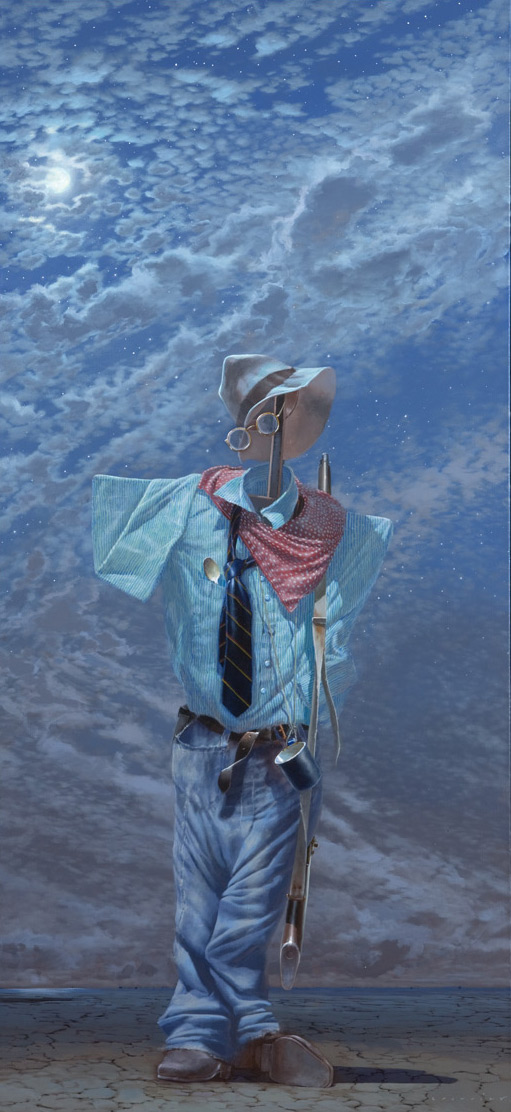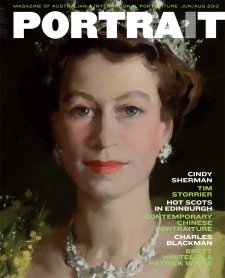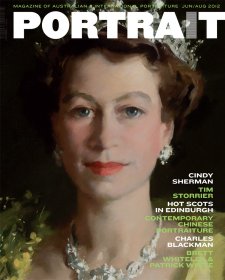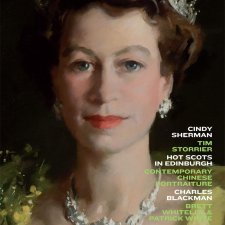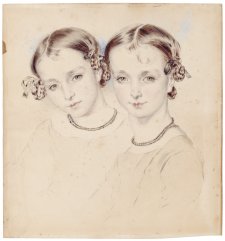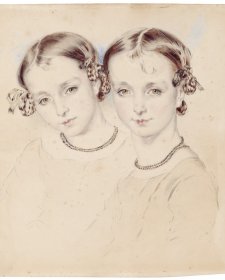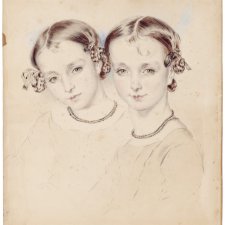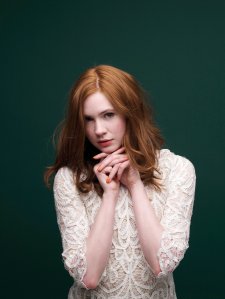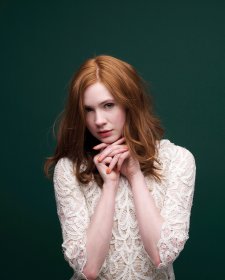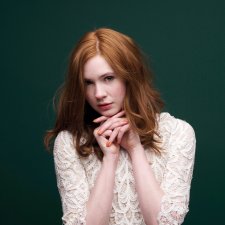As a boy I attempted to teach myself drawing by copying the work in the military compilations; 'Jungle Green' and 'Stand Easy'. They were books of soldier's art and writings published after the Second War.
The drawings were often portraits of young service men and women done by professionally trained war artists; Sir William Dargie, Ivor Hele and GP Mainwaring to name a few.
I was fascinated by the extraordinary facility they had to capture the light over surfaces and create three dimensional reality on flat white paper. Where they used sanguine conte crayon to manner flesh, I used my mother's face powder to achieve a vastly inferior result. I desperately tried to get that light in the eyes - forty years later knowing how to do it I still find it marvellous. The drawing of faces or the copying of drawings and paintings of faces led me to looking very closely at many portraits: Delacroix Self portrait 1837, Théodore Géricault Head of a white horse 1889; Otto Dix Self portrait as a soldier 1914; Lovis Corinth Self portrait with skeleton 1896; Stanley Spencer Double nude portrait, the artist and his second wife 1937; Adolph Menzel, By the fireside 1876; Caspar David Friedrich The wanderer above the mists 1817; Paul Delvaux The hands 1941; and the pencil portraits done in Rome by Ingres, there were many extraordinary portraits.
Brett Whitely asked me in the early 1980s why I didn’t deal with the (human) figure, pointing out that Lloyd Rees had admitted to him that he regretted he had largely left the figure out of his work. Thirty years later I managed to paint a few garments and accoutrements on sticks in the air. For me they were types of portraits and I remembered Brett's prescient remark.
In the years following, watching people come and go, dear ones disappearing, the idea of the portrait and the image of the figure (of the beloved or departed) seemed to become important. It was perhaps a pale attempt to recreate the fecundity of the physical presence, as all portraits are in a way. I started to paint in various poses the clothes I remembered of people lost and painted clothes to convey the feelings and emotions of those people. I found the detritus of lives conveyed a more idiosyncratic, honest and economic insight in to the character that I remembered.
Although the paintings are possibly still life, the cliché of the scare crow conveys the fragility of human life. The posture and mood is portrayed by the accumulation of personal detail; clothes, shoes, glasses, watch, etc., these images, with the exception of the physical characteristics of the face are really the realm somewhere between still life and portraiture.
In the Wayfarer although the figure is depicted only by the clothes, it is a rambling edifice of ludicrous equipment intended to convey a portrait of a journeyman with all foibles and pretensions inherent in the subject, in this case the artist. The physical presence is intimated. This seems to impart an easy identification with the subject by the viewer. As to whether this approach adequately describes a complete likeness may be contentious, however, it does express the figures in terms of poetic memory.
